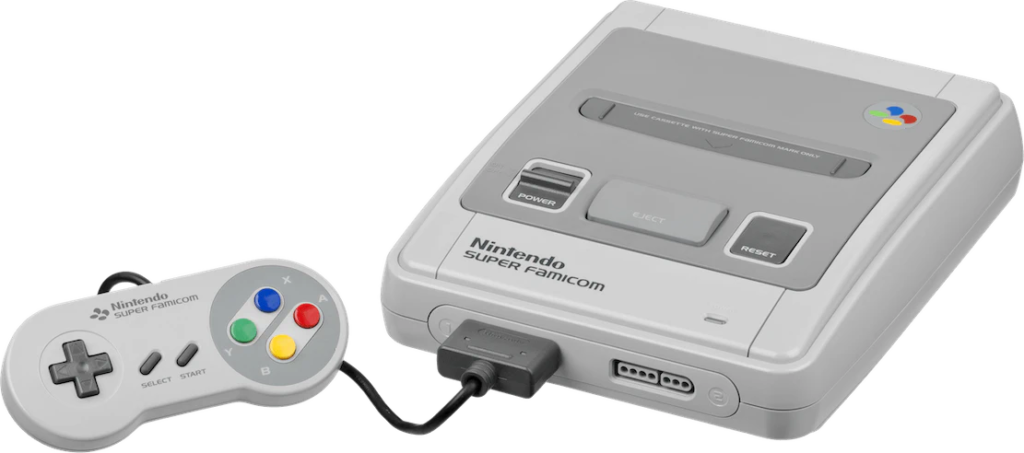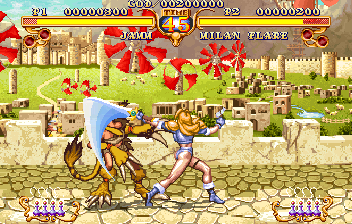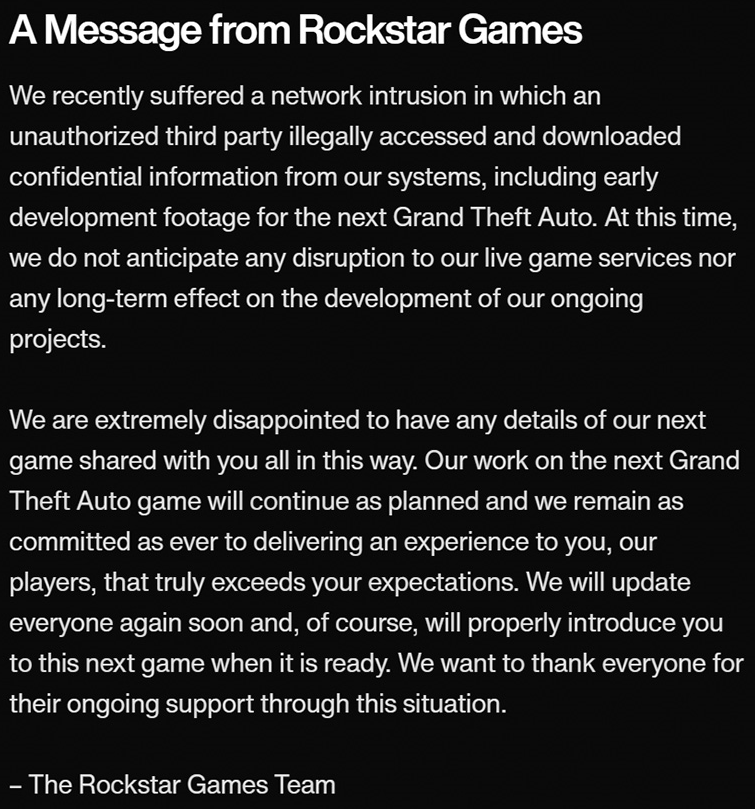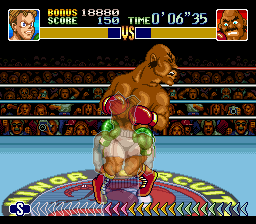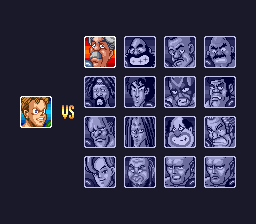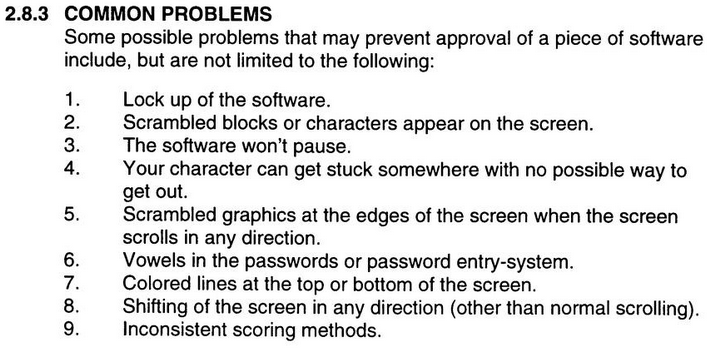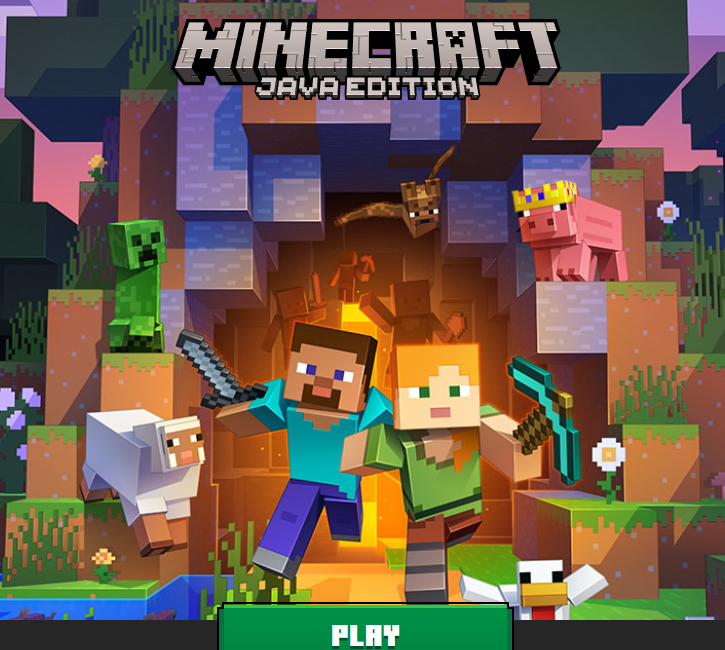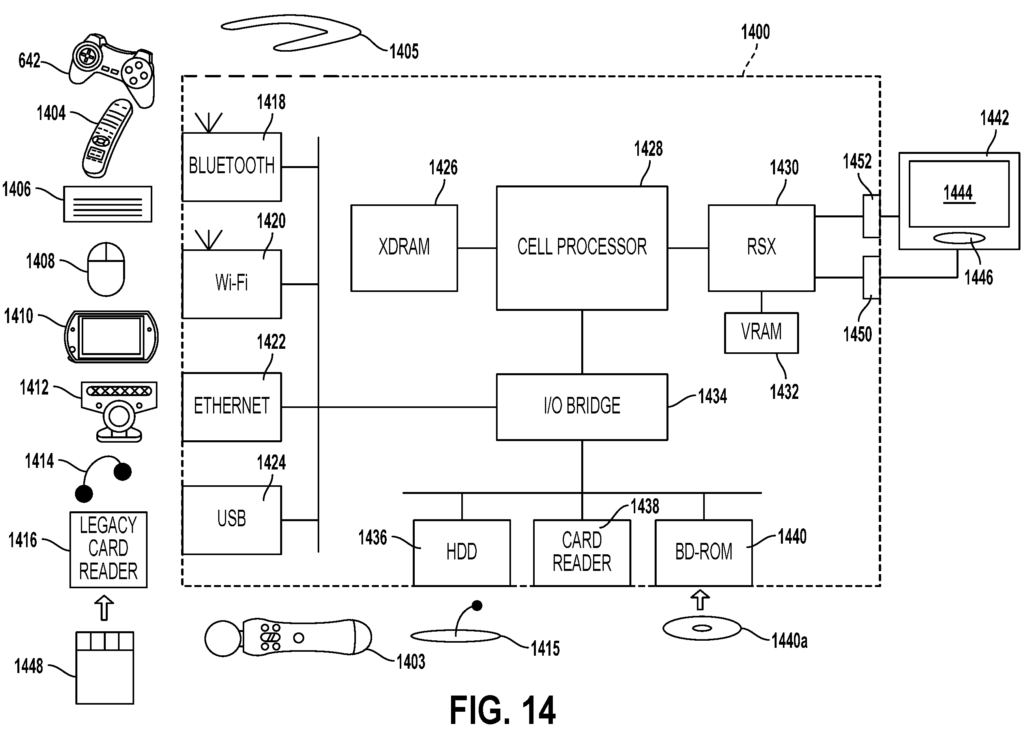
On Romhack Thursdays, we bring you interesting finds from the world of game modifications.
First, I’d like to fill you in a bit on the world of supplemental chips included in cartridges.
The greatest advantage of cartridges as a software distribution medium is that you can include extra hardware in the cart that extends the capabilities of the system. The inclusions, ranging from a few extra logic gates controlling banking to static save RAM and batteries to supplemental microchips to entire coprocessors, goes back to at least the Atari VCS/2600, where they played a major role in extending that console’s lifespan. The VCS only had 128 bytes of RAM, a ROM address space of a mere 4 KB, and didn’t even have lines going out to the cartridge for writing to external memory. In spite of these fairly dire limits, regularly games for the system would far surpass what was expected by its creators, culminating in the DPC chip used in Pitfall II.
It’s not true that you can do anything with extra hardware in a cart, but you can push the limits quite far. The inclusion of extra circuitry in the cartridge is what allows Champ Games to make their amazing Atari arcade ports (such as Mappy and Scramble).
After the VCS/2600 fell out of popularity the NES came along, and extra chips of this sort became almost mandatory. The tales of Nintendo being hampered by the chip shortage at the time of the NES’s popularity limiting production are true, but are also somewhat self-inflicted. Legions of popular games required at least a MMC1, a chip that could have been included in the base console, or supplied in an add-on peripheral like a pass-through cartridge. But instead Nintendo chose to include one with every game that required it, and also MMC3s, some MMC5s, and a handful of other chips.
Then the SNES came along, and more extra chips entered the picture, most notably the DSP, the SA-1, and most famously the SuperFX. The SA-1, basically a coprocessor for the machine’s overworked Ricoh 5A22, a variant of the WDC 65C812, which was itself a 16-bit version of the venerable MOS 6502, is our focus here.
Extra chips in SNES carts weren’t nearly as essential as they were for most NES games, but there were still a good number of them. In the early days of the SNES extra chips like these were not hugely common, although a DSP was used even in one of the system’s launch games, Pilotwings. On the other hand F-Zero, a game remembered fondly for its great sense of speed, didn’t use any special chips.
The SA-1 was one of the more powerful of these chips. It was basically a second 65C812-type chip running at triple the main CPU’s clock speed, with a small amount of dedicated memory and some other minor features. Most famously it was used in Super Mario RPG, but it was also used in both of the SNES Kirby games.
The SA-1 wasn’t used in that many games, and it wasn’t even available for use, I think, in the system’s early days, which was a shame. The power of the SA-1 was quite great, if used correctly. SNES hacker Vitor Vilela has made a growing number of hacks that recode classic SNES games to use its calculatory prowess, and the difference is often quite dramatic.
There’s a lot of stuff there on his Github page that I’m going to save to present later, but one of their earlier projects, and one of the best I’d say, is his conversion of SNES Gradius III to use the SA-1. Gradius III is probably the SNES game in which slowdown is the biggest problem, it is not hard at all to get Gradius III into a state where the game slows down to half speed, or even one-third speed, simply by loading up on Options and powerups. As a difficult game where slowdown makes it much easier (and it may have been designed around it), and as a SNES launch title with great graphics and sound, it’s still playable without the SA-1, but you can nearly hear the processor creaking under the weight of all those projectiles and effects.
With the SA-1, all of that slowdown is just gone. It makes the game a fair bit harder, but also a lot more fun to play. See for yourself:
And now, look on in horror at a deathless playthrough of Gradius III with this hack:

